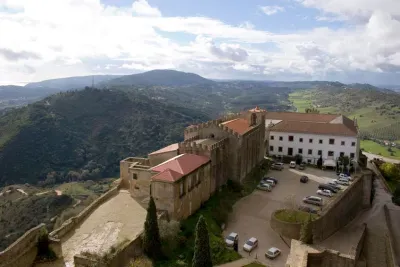Castelo de Palmela
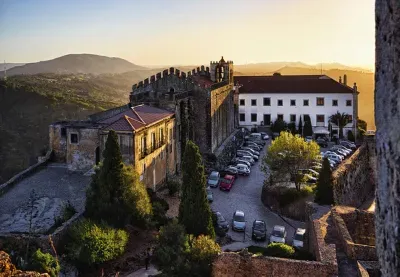
Palmela Castle stands at an altitude of 1,200 metres and provides panoramic views of the Serra da Arrabida, the vineyards below and the Tagus and Sado Rivers. In good weather it is even possible to see Lisbon around 40km to the north.
Monastery of Jesus
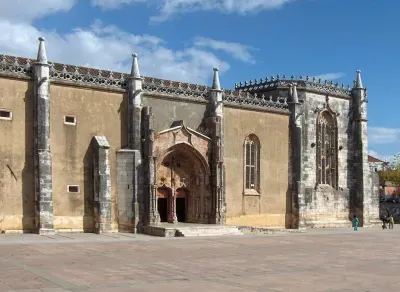
Setubal's Monastery of Jesus was built in the 1490s as a convent for Poor Clare nuns, a Franciscan order. The building represents some important moments in Portuguese architecture being one of the earliest examples of the Manueline School of Architecture.
Casa do Corpo Santo
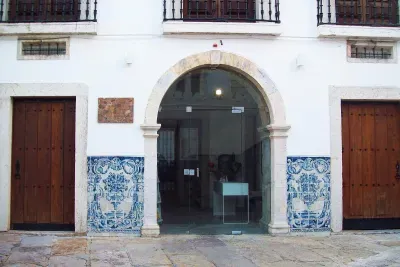
The Casa do Corpo Santo (House of the Holy Body) is also known as the Museum of the Baroque. Situated close to one of the remaining sections of city wall that have protected Setúbal from attack for centuries, its own exterior perimeter wall and simple marble name plate give little away about what you might find inside.
This includes several relics from when the Casa do Corpo Santo was first built in the early 1700s, alongside beautiful blue and white tiling decoration added roughly 150 years later which lines many of the rooms from the floors to chest height.
Casa da Baía
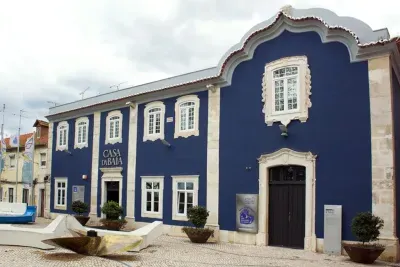
With its dark blue plasterwork and contrasting pale stonework windows, it's not hard to spot Setúbal's Casa da Baía, or House of the Bay. Only a short walk from the town's main square, the Praça de Bocage, it was built in the aftermath of the devastating Lisbon earthquake of 1755 as a home for orphans and widows. Many were buried in the cloister grounds after their deaths.
Museu de Arqueologia e Etnografia
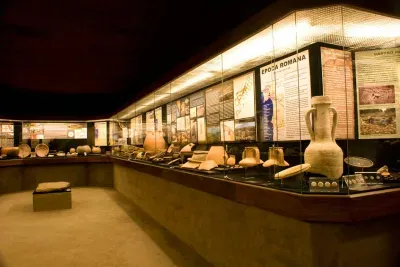
A short wander north from the harbour, Setúbal's Museum of Archaeology and Ethnography (Museu de Arqueologia e Etnografia) is located on the busy Avenida Luisa Todi thoroughfare.
The museums archaeological displays are focussed around the Roman origins of the city 1500 years ago. Its impressive ethnographic collection instead helps to unravel the local customs and culture of the region, from farming to spinning and other handicrafts.
The museum is open Tuesday to Saturday (with a gap for lunch around midday). Admission is free.
Mercado do Livramento
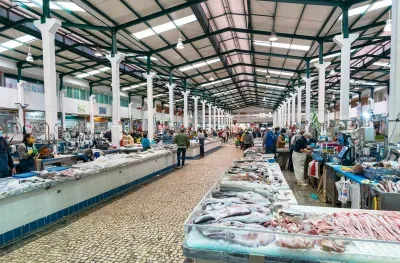
Foodies with adore Setúbal's indoor Mercado do Livramento. It's an incredible place to head to sample those typical Portuguese flavours from bacalhau (salt-dried cod) to pasteis de nata (custard tarts). The array of fresh produce on sale here is simply mesmerising, with around 300 independent vendors all housed under the one roof. The fact that the market remains an integral part of Setúbal life and culture makes the market all the more impressive to behold.
Forte de São Filipe
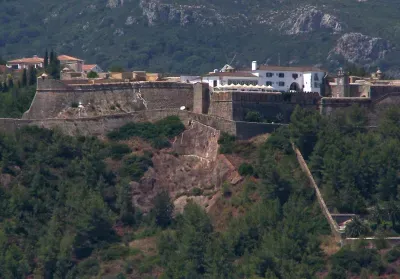
The Fortaleza de São Filipe (Fort of St Philip) dominates the skyline above Setubal. It can be reached from the town below by an exhilarating 30-minute hike or by road.
